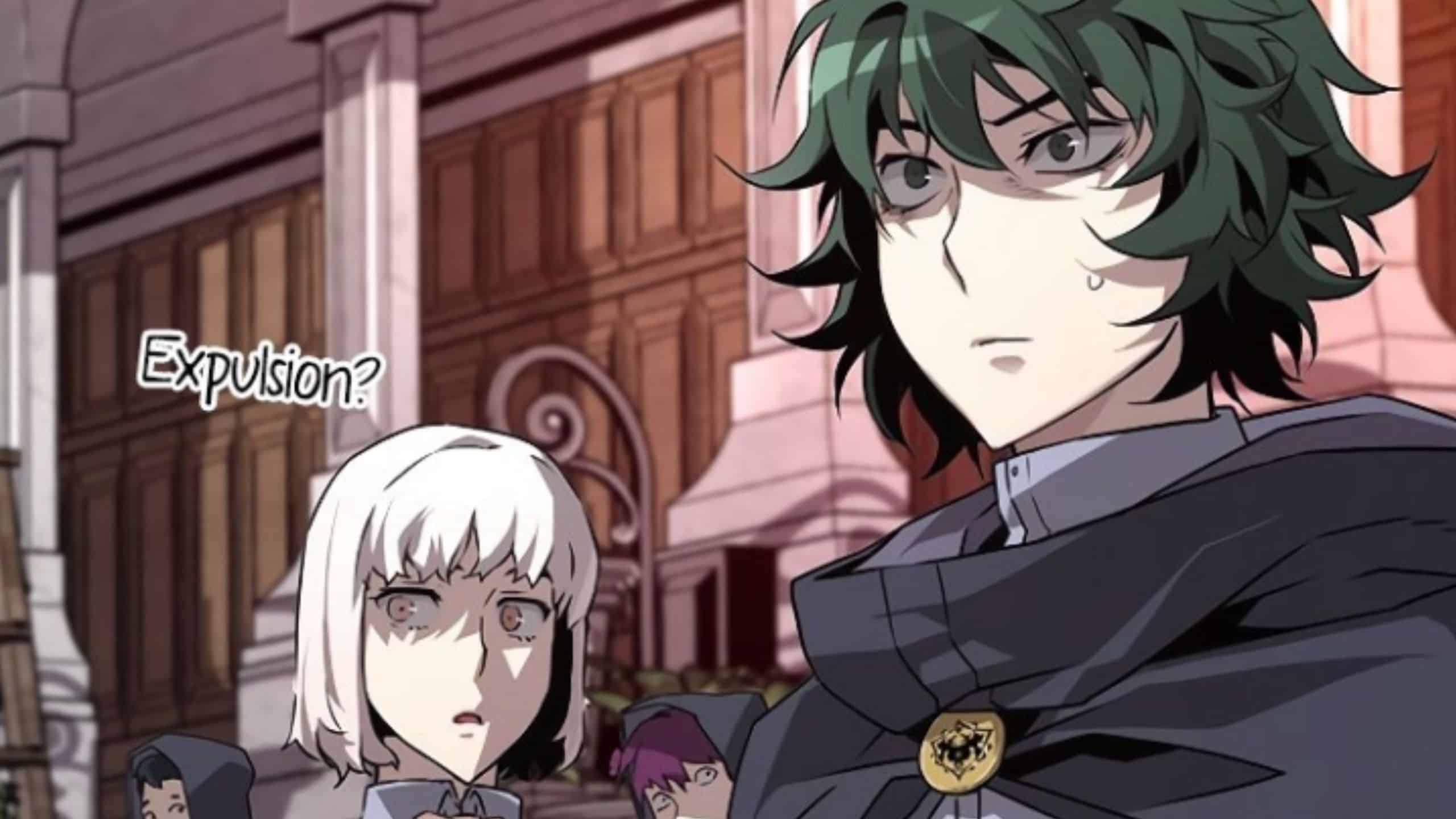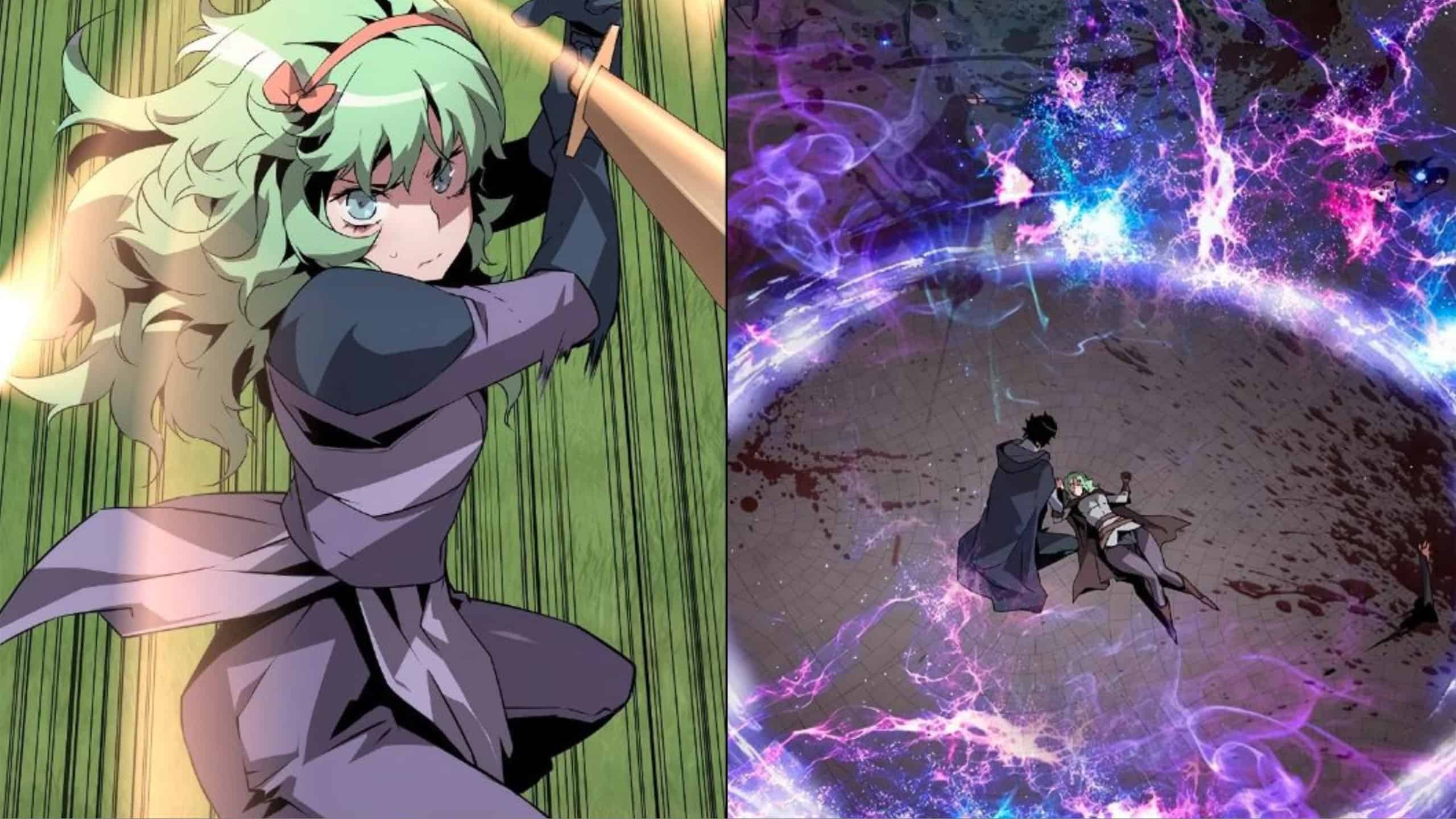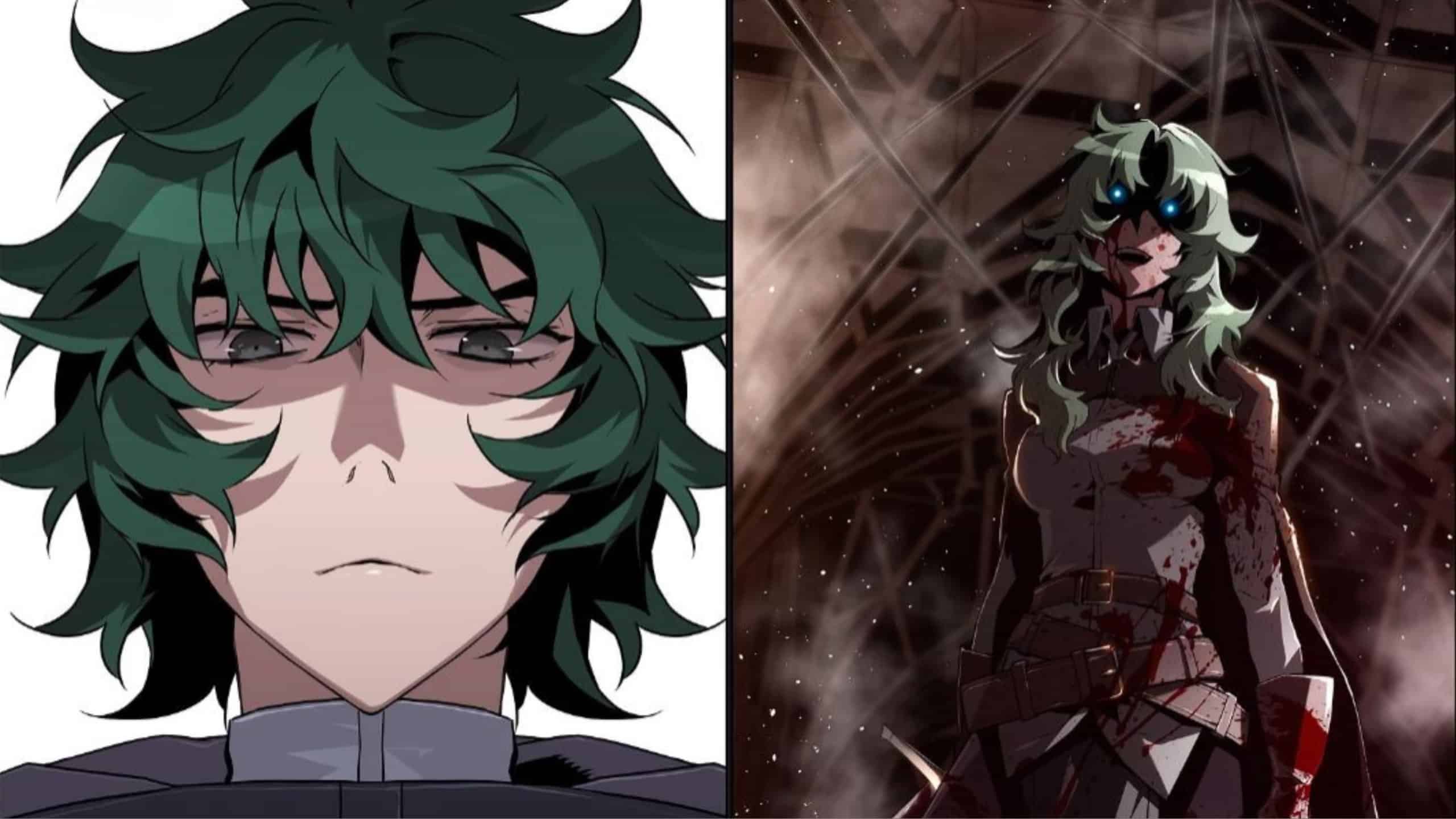Necromancer’s Evolutionary Traits Chapter 1 embarks on an enthralling exploration of the extraordinary powers and unique adaptations that distinguish necromancers as masters of the undead. Delve into a realm where darkness and life intertwine, uncovering the secrets of their abilities and the profound impact they have on societies.
Prepare to witness the intricate balance between necromantic prowess and its potential for both good and evil, as we unravel the evolutionary journey that has shaped these enigmatic figures.
Necromancer’s Powers and Abilities: Necromancer’s Evolutionary Traits Chapter 1

Necromancers are powerful spellcasters who specialize in the manipulation of death and undeath. They possess a wide range of powers and abilities, making them formidable opponents in any battle.
One of the most basic abilities of a necromancer is the power to raise the dead. Necromancers can summon skeletons, zombies, and other undead creatures to fight for them. These creatures are often weaker than living soldiers, but they are tireless and fearless, making them ideal for overwhelming enemies.
The necromancer’s evolutionary traits chapter 1 delves into the fascinating abilities that necromancers possess. From summoning the dead to manipulating shadows, these powerful beings command an array of supernatural forces. As we explore the depths of their abilities, let’s take a brief detour to demon slayer chapter 130 , where we witness the thrilling clash between slayers and demons.
Returning to our topic, the necromancer’s evolutionary traits chapter 1 continues to unravel the secrets behind their formidable power.
Necromancers can also use their powers to drain the life force from their enemies. This ability, known as life drain, can quickly weaken or even kill an opponent. Necromancers can also use life drain to heal themselves or their undead minions.
The necromancer’s evolutionary traits in chapter 1 are a fascinating exploration of the power and potential of dark magic. If you’re looking for a deeper dive into the world of statistics, I highly recommend checking out ap stats chapter 2 . But don’t forget to return to the necromancer’s journey in chapter 1, where the true secrets of dark magic await.
In addition to their offensive abilities, necromancers also have a number of defensive spells at their disposal. They can create barriers of bone or shadow to protect themselves from harm, and they can also summon spirits to aid them in battle.
In the enthralling realm of necromancer’s evolutionary traits, Chapter 1 delves into the enigmatic powers that shape these formidable beings. As we journey through their transformative odyssey, let us pause for a moment to glimpse the captivating adventures of Sung Jin-Woo in Solo Leveling Chapter 190 . Witness his extraordinary battles and the profound revelations that await him.
But let us not stray too far from our necromancer’s tale, as Chapter 1 holds countless secrets waiting to be unveiled, promising an exhilarating adventure that will captivate our imaginations.
The powers of a necromancer are limited only by their own imagination and skill. With enough practice, a necromancer can become a master of death, capable of controlling the undead and draining the life force from their enemies.
Strengths of Necromancer’s Powers
- Necromancers can raise the dead, creating an army of undead minions to fight for them.
- Necromancers can drain the life force from their enemies, quickly weakening or even killing them.
- Necromancers have a number of defensive spells at their disposal, making them difficult to kill.
- Necromancers are not limited by the laws of life and death, giving them a unique advantage in battle.
Weaknesses of Necromancer’s Powers
- Necromancers are often seen as evil or unnatural, which can make them unpopular with the general populace.
- Necromancers rely on the dead to power their abilities, which can make them vulnerable to attacks that target the undead.
- Necromancers are often solitary creatures, which can make it difficult for them to find allies or support.
Evolutionary Traits of Necromancers

Necromancers, as masters of the dark arts, possess unique evolutionary traits that empower their necromantic abilities. These traits, shaped by eons of interaction with the forces of undeath, have granted them an unparalleled connection to the realm of the dead.
Enhanced Necromantic Affinity
Necromancers possess an innate affinity for necromantic energy, allowing them to channel and manipulate it with greater ease. This affinity manifests as an increased sensitivity to the presence of the dead and an ability to communicate with them. Through this connection, they can exert control over undead creatures, harnessing their power for various purposes.
Resilience to Necromantic Energies
Necromancers have developed a remarkable resilience to necromantic energies, both their own and those of their opponents. This resilience enables them to withstand the corrupting effects of undeath and to operate within realms where lesser beings would succumb to the overwhelming presence of death. It grants them the ability to command and control undead hordes without being consumed by their own power.
Control over Life and Death, Necromancer’s evolutionary traits chapter 1
The most profound evolutionary trait of necromancers is their ability to manipulate the boundaries between life and death. They can animate the dead, restore the vitality of the living, and even command the spirits of the departed. This control over the life-death cycle grants them a level of power that transcends mortal understanding, allowing them to reshape the world according to their will.
Potential for Further Evolution
The evolutionary journey of necromancers is an ongoing process, with the potential for further adaptation and advancement. As they delve deeper into the mysteries of undeath, they may unlock new abilities, strengthen their existing powers, and gain a greater understanding of the delicate balance between life and death. The potential for their evolution is vast, promising a future of ever-increasing power and influence.
Necromancer’s Role in Society

Necromancers, with their unique abilities to manipulate the dead, have played various roles in societies throughout history. In some cultures, they were revered as spiritual guides, healers, or protectors. In others, they were feared and persecuted as agents of darkness.
Necromancers in Different Societies
In ancient Egypt, necromancers known as “khemenu” were highly respected for their ability to communicate with the deceased and perform rituals to ensure a smooth transition to the afterlife. In medieval Europe, necromancers were often associated with witchcraft and heresy, and their practices were strictly forbidden. In some African and Native American cultures, necromancers held positions of power and influence, using their abilities for divination, healing, and protection.
Ethical Implications of Necromancy
The ethical implications of necromancy are complex and have been debated for centuries. Some argue that it is a violation of the natural order and disrespectful to the dead. Others maintain that it can be a valuable tool for spiritual growth, healing, and gaining knowledge from the departed.
Social Stigma and Prejudice
Necromancers have often faced social stigma and prejudice due to the fear and misunderstanding surrounding their practices. In many cultures, they were considered outcasts and treated with suspicion or hostility. This stigma has persisted in modern times, with necromancers often portrayed as evil or dangerous in popular culture.
Final Conclusion
Necromancer’s Evolutionary Traits Chapter 1 concludes with a thought-provoking examination of the enduring legacy of necromancers, leaving readers to ponder the complex ethical implications and social stigma that have accompanied these wielders of life and death. As the chapter draws to a close, it invites us to reflect on the potential for further evolution and adaptation within this captivating realm of necromancy.